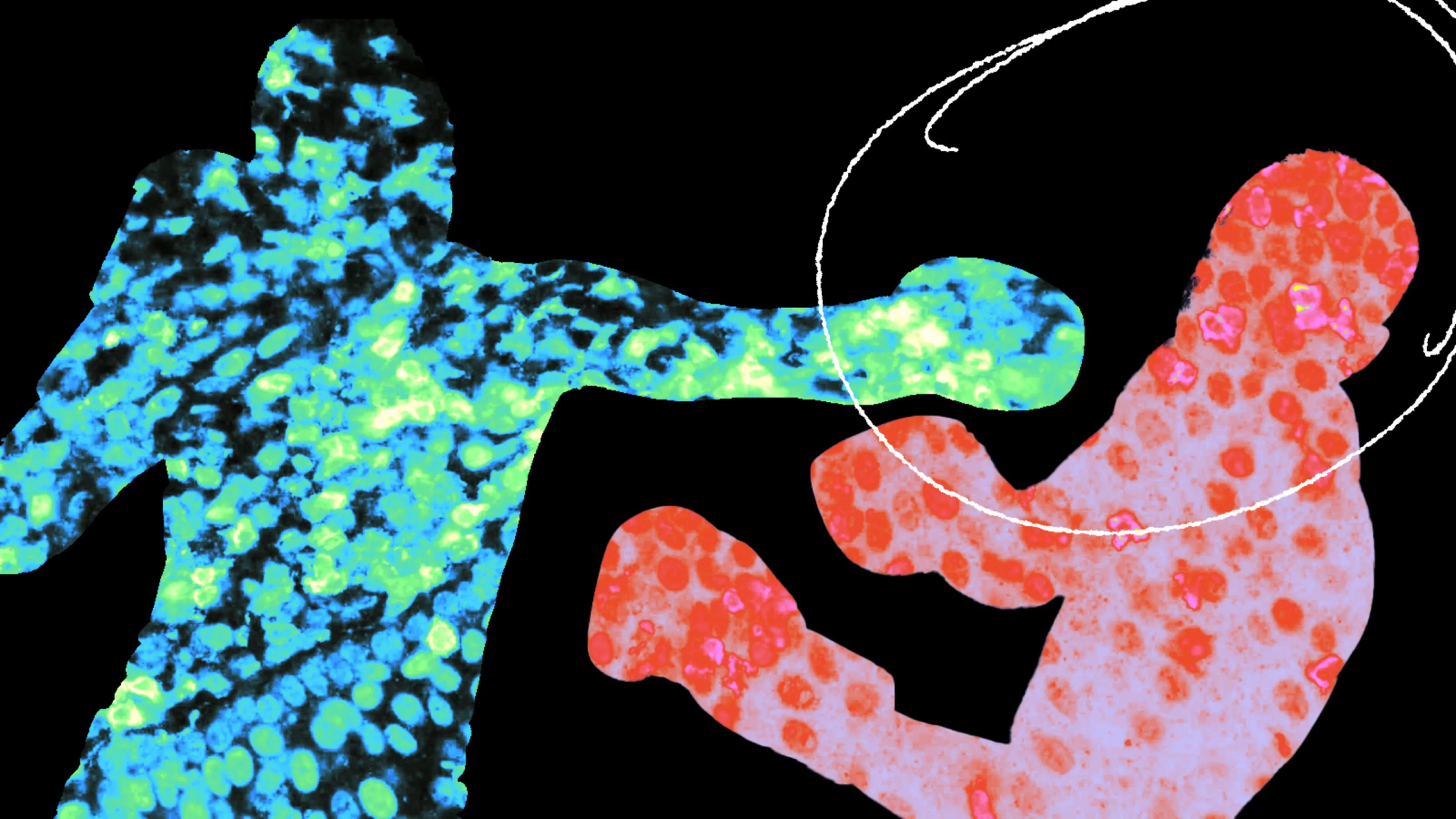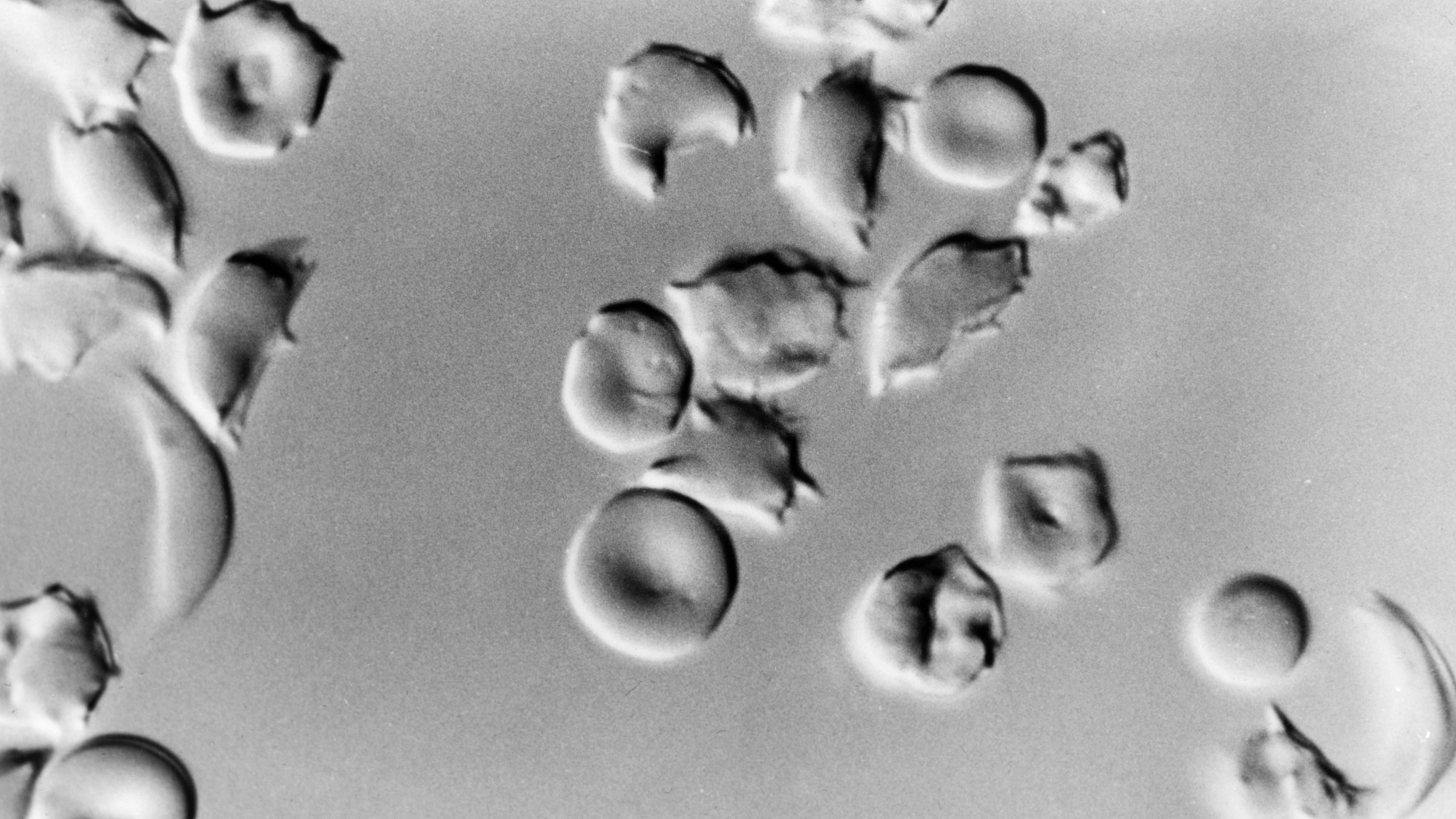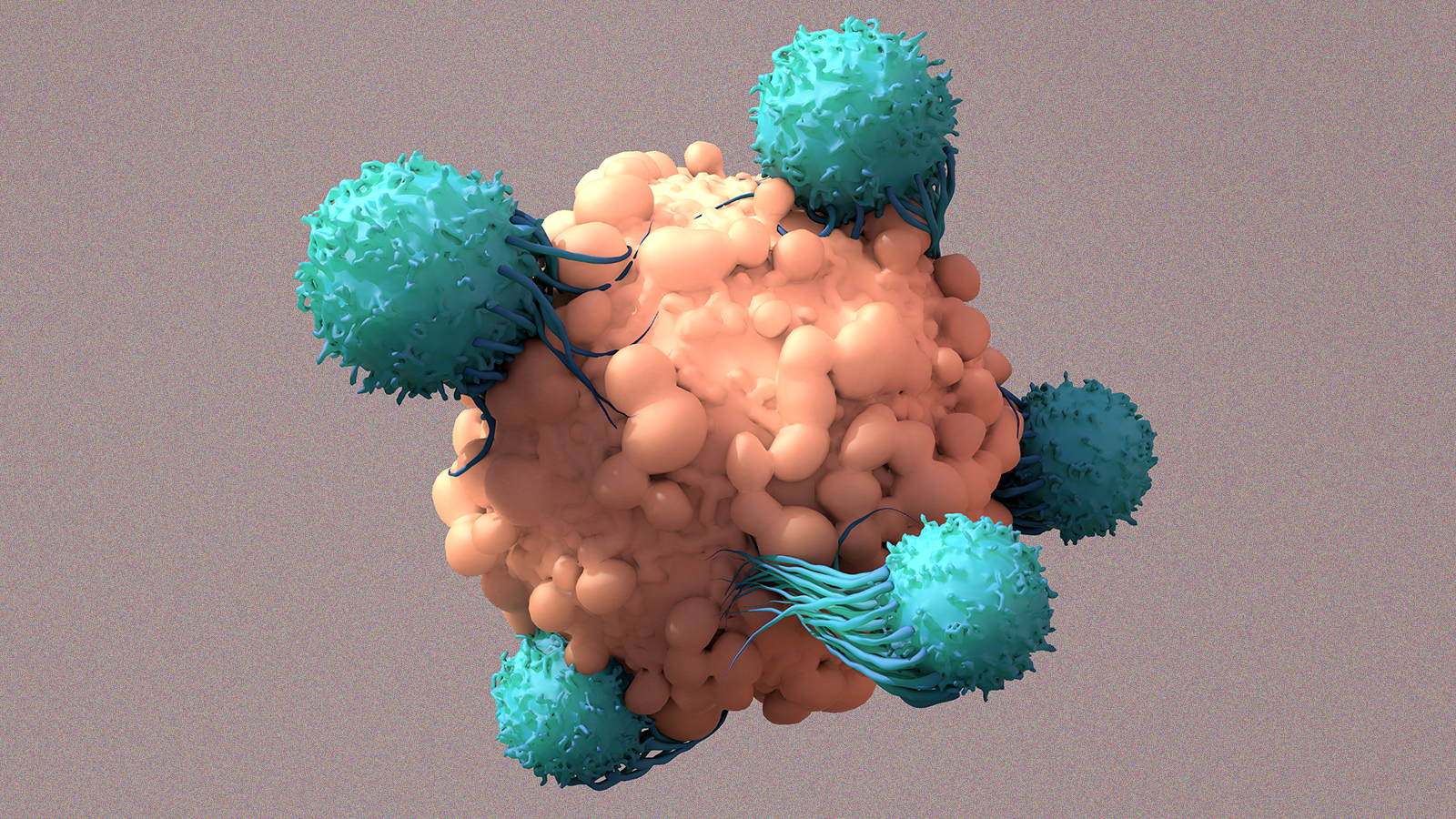This article was originally published on our sister site, Freethink.
Researchers at the University of Pennsylvania have reversed a genetic form of blindness in a patient using just one course of antisense oligonucleotide therapy, Clinical OMICS reports.
The therapy, which takes aim at mutant RNA, was injected into the patient’s eyes a year ago, in a trial treating Leber congenital amaurosis (LCA). LCA predominantly affects the retina, leaving people with severely impaired vision from birth, according to the NIH.
The trial, held at the Scheie Eye Institute at Penn’s Perelman School of Medicine, focused on using antisense oligonucleotide therapy to treat LCA patients with one of the disease’s most common mutations.
Augmenting RNA
Antisense oligonucleotide therapy works by altering the RNA, the messenger that carries instructions from your DNA to crank out proteins.
An article in Nature Reviews Neurology describes antisense oligonucleotides as “short, synthetic, single-strand” molecules, which can alter RNA to cause protein creation to be reduced, enhanced, or modified.
In the Penn study, the targeted protein was created by the mutated LCA gene.
The team, led by professors Artur V. Cideciyan and Samuel G. Jacobson, injected an antisense oligonucleotide (called sepofarsen) into the eyes of 11 patients.
In a previous study, according to Clinical OMICS, the team had shown that administering the therapy every three months increased the amount of the proper protein levels in 10 patient’s eyes, improving their sight in daytime conditions.
But it’s the experience of the eleventh patient that’s the subject of their new paper, published in Nature Medicine.
One shot
That eleventh patient chose to receive only one course of sepofarsen and turned down the additional doses.
The patient had suffered from poor visual acuity, reduced fields of view, and zero night vision, Clinical OMICS reports, but after one shot, the patient showed remarkable improvement over the course of the next 15 months — similar to people who got multiple, regular injections.
“Our results set a new standard of what biological improvements are possible with antisense oligonucleotide therapy in LCA caused by CEP290 mutations,” Cideciyan told Clinical OMICS.
Interestingly, the effects of the shot had a delayed onset; while improvement was shown after one month, the gains peaked around three months later, the authors write. That slow uptake was unexpected, and it may hold insights into treating other diseases that impact retinal cell’s cilia (aka, those little vibrating hairs), the physical cause of LCA.
Antisense oligonucleotide therapy may be effective because the tiny molecules can slip inside the cell’s nucleus, but don’t get swept out too quickly, so they can stick around until the job’s done.
The therapy’s success, and the unexpected success of a single injection, is inspiring other clinical trials.
“This work represents a really exciting direction for RNA antisense therapy.”
SAMUEL G. JACOBSON
“There are now, at least in the eye field, a series of clinical trials using antisense oligonucleotides for different genetic defects spawned by the success of the work in CEP290-associated LCA from Drs. Cideciyan and Jacobson,” Joan O’Brien, chair of ophthalmology and director of the Scheie Eye Institute, told Clinical OMICS.
Multiple antisense therapies have already been approved by the FDA, particularly for neurological conditions, and have shown success in treating spinal muscular atrophy and Duchenne muscular dystrophy. Per Neurology Genetics, antisense oligonucleotide therapy trials are currently being developed for Huntington’s, Parkinson’s, and Alzheimer’s disease, among others.
And now add genetic blindness to that list.
“This work represents a really exciting direction for RNA antisense therapy. It’s been 30 years since there were new drugs using RNA antisense oligonucleotides,” Jacobson told Clinical OMICS, “even though everybody realized that there was great promise for these treatments.”






